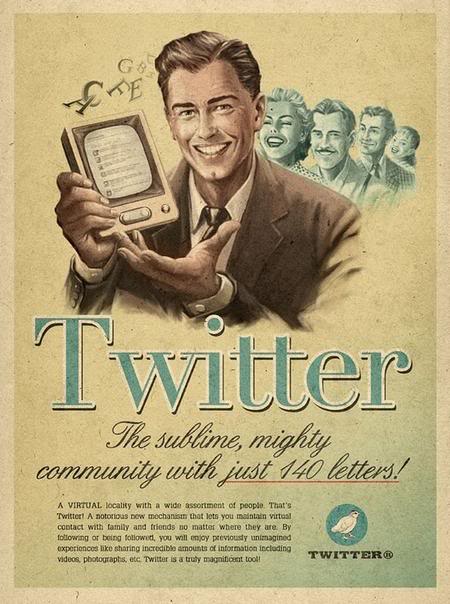Twitter Timelines and the Art of Skim
Wednesday, November 21st, 2012I’ve commented previously on how sites like Twitter provide researchers with explicit interactions and user relationships that lend themselves to network-based data mining methods and visual analytics. These help us understand frequencies and patterns of use up to a point, but fall short in indicating the complex, inconsistent and selective viewing behaviours and strategies that underpin how we actually engage with Twitter.
These are partly determined by how we access Twitter, and how we may adopt ‘filtering’ systems (within Twitter and third-party). But what I’m particularly interested in here is how we ‘scan’ or ‘skim read’ our Twitter timelines. When new users express concern about the apparent content overload, experienced users tend to reassure them by explaining they don’t have to ‘read everything’ and that they will ‘get used to’ scanning tweets. It’s fairly clear why we do this, but how?
Observational methods (remotely or through screen recordings) can provide limited data, but for a more accurate insight, eye-tracking technology can record how we actually ‘read’ sites like Twitter, as demonstrated here. Supplementary methods such as the think/talk-aloud protocols associated with usability testing, and follow-up memory tests might offer opportunities for triangulation.
I’m not experienced in these tools, or familiar with how they are being used in research, and I would question how much the ‘laboratory’ conditions in which these types of investigations are typically undertaken reflect everyday use. But it is interesting to speculate on the contribution they can make to our understanding of user engagement with Twitter. Given such an approach, the type of questions one could explore might include:
- How much consistency / variation in skim reading do we exhibit over different periods of engagement?
- Do we navigate tweets in a generally (reverse) chronological order or more randomly?
- How ‘far back’ do we check tweets since we last looked?
- What are our dominant focal points – specific users or specific content?
- How much do we focus on specific components – in particular URLs, hashtags?
- How important is the colour coding of these components?
- Do we focus more on specific types of tweets (e.g. those with links)?
- Do we notice specific words or terms (that are not hashtagged)?
- What about capital letters, symbols, exclamation marks, expletives etc?
- Do we primarily identify our followees by their user names or avatars?
- Are some (types of) avatars more instantly recognisable?
- How much does the unfamiliarity of original authors of formal retweets (not RTs) attract our attention?
- Do we take much notice of who retweets them?
- Are we more likely to ignore multiple tweets from excessive users?


